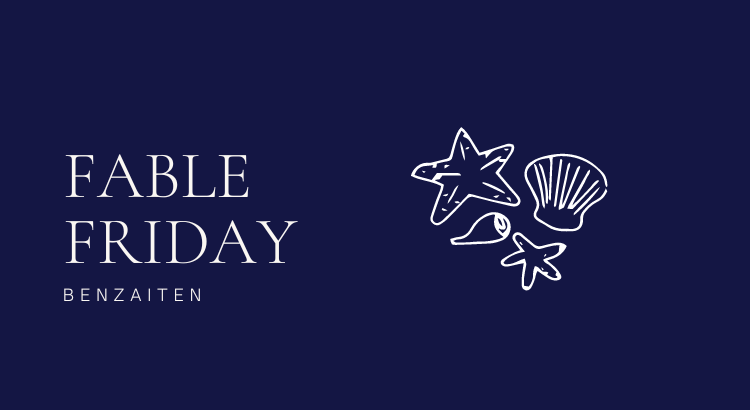
Chang’e is often described as fairy goddess in Chinese mythology, said to pull clouds across the moon at night. While her story has many variations, from fleeing to the moon to escape an angry king for a husband, or drinking a potion that lightened her body until she floated into space. This story has been retold many times depending on the writer, especially in more modern times. Chang’e is also a focus of China’s mid-autumn festival, where moon-cakes are popularly shared by lovers. 

 This week I decided not the focus on one specific myth, but a group of mythological creatures: the Naiads. In Greek Mythology, Naiads are spirits/nymphs that preside over freshwater streams, rivers, etc. They are one of the three types of water nymphs. The other two are the Nereids and Oceanids. The Nereids are usually associated with the sea. Oceanids are associated with the oceans, and there are over three-thousand of them according to myth. Naiads are said to be the least helpful to humans compared to the others, often leading humans to get lost in swamps, and otherwise seeking revenge against their cheating lovers.
This week I decided not the focus on one specific myth, but a group of mythological creatures: the Naiads. In Greek Mythology, Naiads are spirits/nymphs that preside over freshwater streams, rivers, etc. They are one of the three types of water nymphs. The other two are the Nereids and Oceanids. The Nereids are usually associated with the sea. Oceanids are associated with the oceans, and there are over three-thousand of them according to myth. Naiads are said to be the least helpful to humans compared to the others, often leading humans to get lost in swamps, and otherwise seeking revenge against their cheating lovers.






 Nut (pronounced Newt) is the Egyptian Goddess of the sky and heavens. Often times, she appears as a woman arched over the Earth, as she represents the sky. Her main myth is that she became pregnant with five children, and Ra forbid her from giving birth on any calendar day. Nut visited Thoth, the god of the moon and master of knowledge (among other things), and he altered the moons path to add five extra calendar days so that Nut could give birth to her children. One child was born per day and they are the “popular” or more well known Egyptian deities: Osiris, Isis, Seth, Nephthys and Horus.
Nut (pronounced Newt) is the Egyptian Goddess of the sky and heavens. Often times, she appears as a woman arched over the Earth, as she represents the sky. Her main myth is that she became pregnant with five children, and Ra forbid her from giving birth on any calendar day. Nut visited Thoth, the god of the moon and master of knowledge (among other things), and he altered the moons path to add five extra calendar days so that Nut could give birth to her children. One child was born per day and they are the “popular” or more well known Egyptian deities: Osiris, Isis, Seth, Nephthys and Horus.
